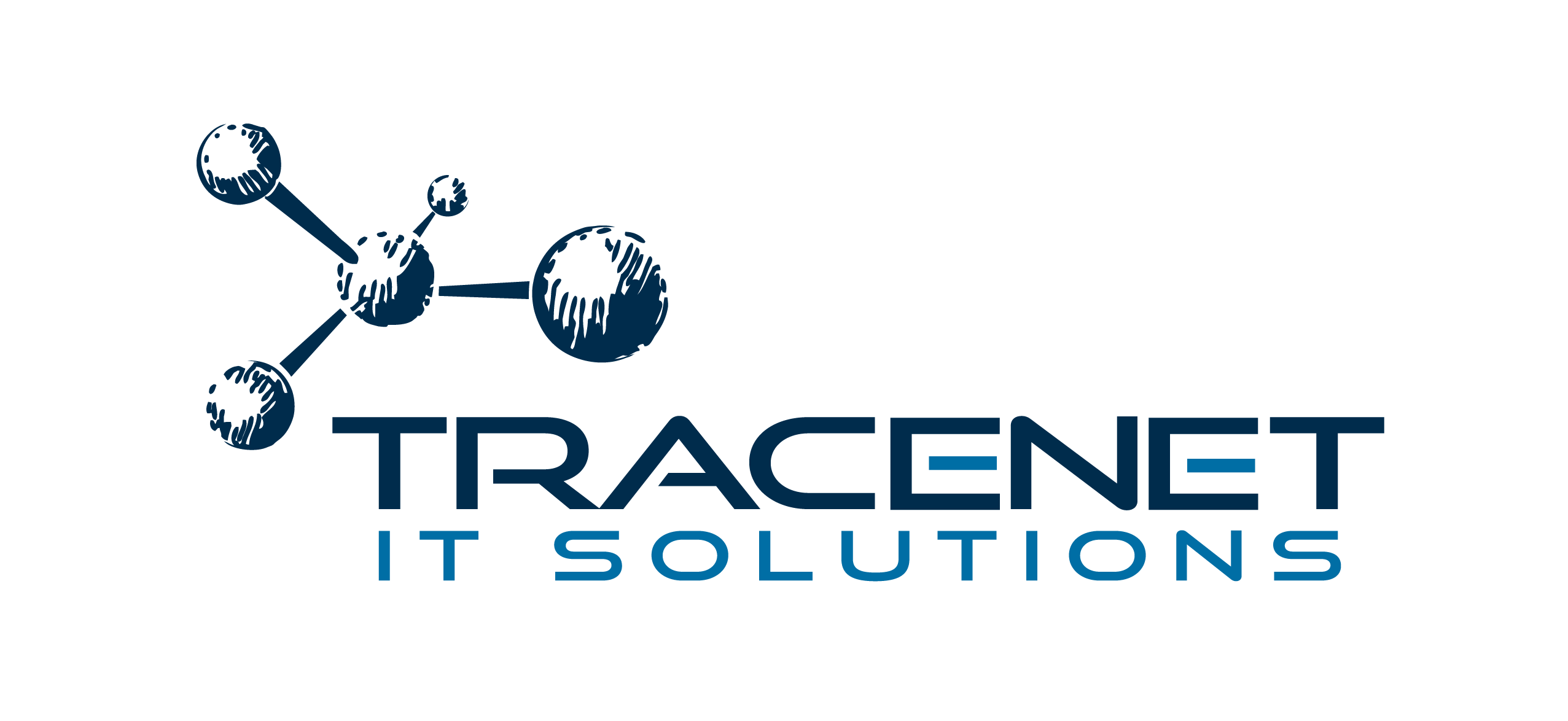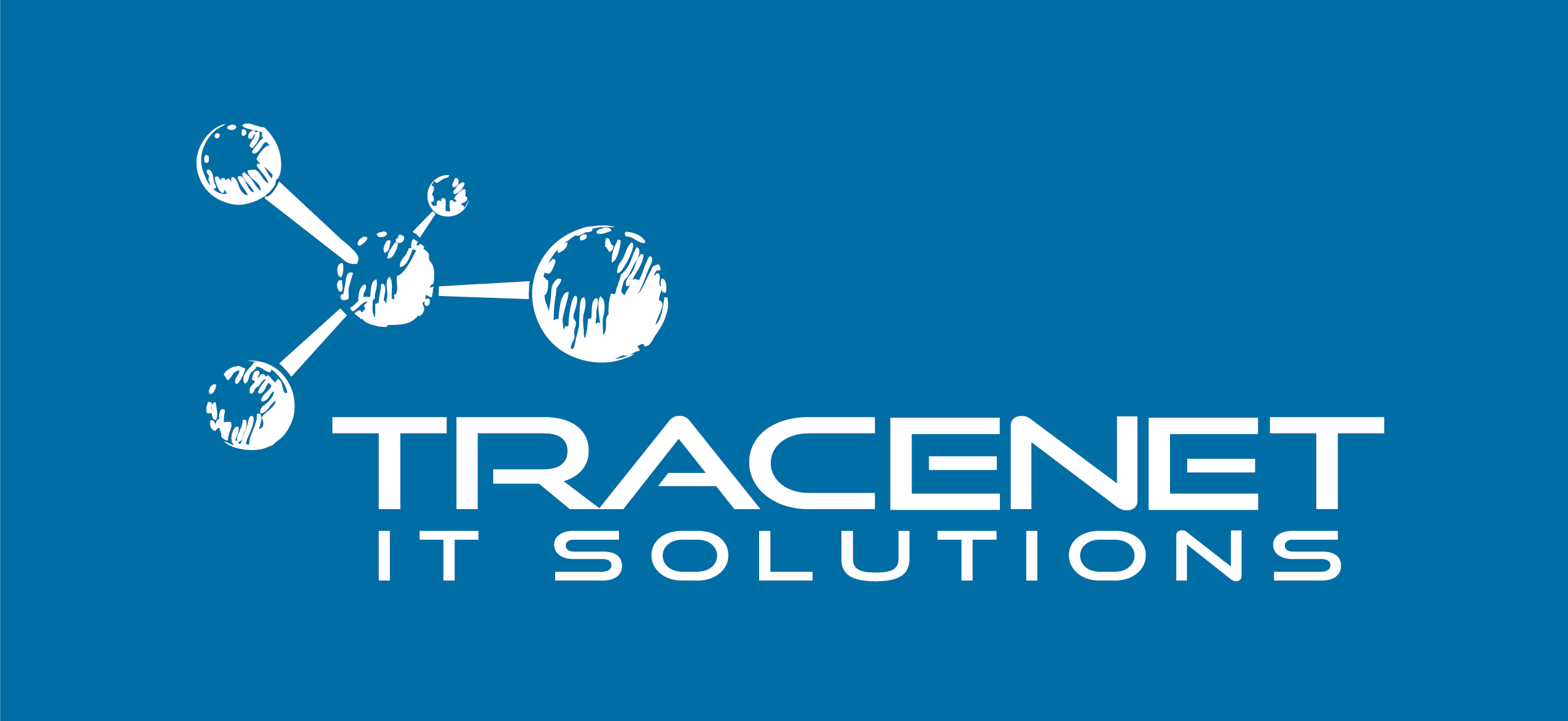Do you know what Web Application Firewall is and what this security feature is for? Let's talk about it in today's blog!
With the growing dependence on web applications in sectors such as health, retail, finance and technology, the attack surface for digital criminals has increased dramatically. In added time, many of these applications handle sensitive information, such as personal or financial data, which are valuable targets.
A WAF is therefore one of the first steps towards strengthening application security, mitigating risks and ensuring compliance with data protection regulations such as LGPD and GDPR.
In this sense, the more we talk about cybersecurity, the more it becomes understandable how important this subject is today. From the perspective set out above, we understand that protecting web applications has long since ceased to be a differentiator and has become a critical necessity.
After all, attacks such as SQL injection, cross-site scripting (XSS) and DDoS pose risks not only to data, but also to reputation and business continuity. This is why the Web Application Firewall (WAF) has established itself as an indispensable solution.
It acts as a layer of protection that filters and monitors traffic between users and applications, identifying and mitigating threats before they cause damage.
Throughout this content, you will be able to learn in depth what WAF is and its components, how it is applied in practice, as well as its importance. Enjoy your reading!
What is a WAF (Web Application Firewall)?
A Web Application Firewall (WAF) is a cybersecurity tool designed to protect web applications from specific threats that exploit vulnerabilities in code, configurations or data. It acts as a barrier between the user and the application server, monitoring, analyzing and filtering HTTP/HTTPS traffic.
Unlike traditional firewalls, which focus on protecting networks and endpoints by blocking ports, malicious packets or unauthorized traffic, WAF works on a more granular level.
Its main objective is to protect web applications against attacks such as:
- SQL Injection: exploiting flaws in databases through malicious queries.
- Cross-Site Scripting (XSS): insertion of malicious scripts into pages to steal information or redirect users.
- Cross-Site Request Forgery (CSRF): inducing an authenticated user to perform unauthorized actions.
- DDoS (Distributed Denial of Service): attempts to overload the application server with excessive traffic.
To combat these attacks, the WAF works with the following components:
- Inspection engine: analyzes HTTP/HTTPS requests in real time, detecting known attack patterns.
- Security rules (policies): set of rules configured to identify malicious behavior, such as code injections or attempts to exploit flaws.
- Management console: interface for creating, customizing and monitoring security policies.
- Logs and traffic analysis: collects and organizes information on events, facilitating audits and investigations.
To close, the WAF becomes a unique firewall because it operates at the application layer of the OSI model, the layer closest to the end user. This layer is responsible for processing and delivering information to users, making it a frequent target for attacks.
So while other firewalls or IDS/IPS (intrusion detection and prevention systems) focus on protecting networks, the WAF deeply inspects the content of requests and responses sent to the application, identifying and blocking suspicious behavior.
How does WAF work in practice?
In the previous topic, we explained that the WAF acts as a mediator between the user and the web application. Every request sent by the client first passes through the WAF, which analyzes the content for threats, so there is a basic workflow with 3 steps:
- Receiving requests: the Web Application Firewall intercepts the traffic sent by users.
- Inspection: the information is checked against defined policies.
- Decision: if the request is safe, it is forwarded to the application server. If not, the traffic is blocked or logged for future analysis.
WAFs can also be implemented in different ways. Firstly, there is the network-based WAF, which is installed close to the physical infrastructure, ideal for organizing datacenters.
Secondly, there is the host-based WAF, which integrates directly with the application, but requires more computing resources. Thirdly, there is the cloud-based WAF. In this case, the application is provided as a service and is highly scalable and easy to implement.
How does this implementation take place? Let’s go step by step:
- Identify the application’s needs: analyze known vulnerabilities and the types of traffic expected.
- Choose the right type of WAF: choose between cloud, host or network-based solutions.
- Configure security policies: adjust the default rules and create policies specific to your business needs.
- Carry out initial tests: use attack simulations to evaluate the effectiveness of the WAF and adjust the settings as necessary.
- Constantly monitor and update: threats evolve rapidly, and the WAF must be continually improved to deal with new attack vectors.
Why does your company require this solution?
With the explosive increase in the volume and complexity of cyber-attacks, investing in a Web Application Firewall (WAF) has become a strategy for your company’s growth.
In short, it acts proactively to identify and mitigate common and dangerous attacks, as well as allowing you to create specific rules aligned with the particularities of your business.
In addition, the WAF is compatible with different architectures, regardless of whether they are on-premises, hybrid or in the cloud. This tool also helps to comply with standards such as LGPD, GDPR and PCI DSS, protecting sensitive data and avoiding fines or penalties.
Finally, beyond these technical benefits, the WAF becomes more than responsible for protecting your company’s reputation and customer trust.
Companies that deal with large volumes of data or online financial transactions have an even greater responsibility to ensure that their applications are protected against vulnerabilities exploited by cybercriminals.
By mitigating risks in real time and preventing successful attacks, a WAF reduces financial losses and ensures business continuity in a competitive and threatening digital environment.
If your company doesn’t already use a WAF, now is the ideal time to implement this technology. After all, preventing cyber-attacks will always be more effective (and cheaper) than remedying the consequences of an invasion. Count on Tracenet Solutions to join this movement!



